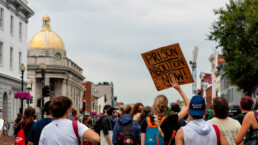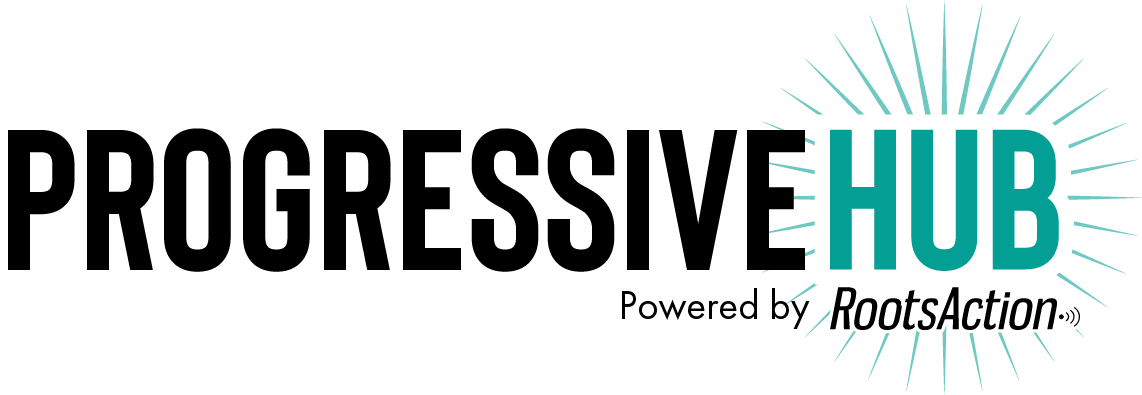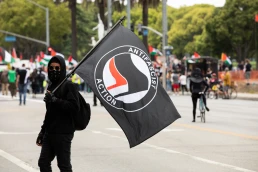Criminal justice reform advocates in Los Angeles have amassed some impressive victories—laying out a model for reducing incarceration and providing care.
By Mark Engler and Paul Engler, In These Times
In the late spring and summer of 2020, protests for racial justice erupted in response to the police murder of George Floyd. Mobilizations spread throughout the country and continued for months, producing what scholars identified as arguably the largest wave of mass protest in U.S. history.

However, as with other surges of popular uprising, the actions died down over time. At that point, critics claimed that protesters made a lot of noise and drew public attention but were unable to translate their discontent into concrete policy gains. When the moment of peak protest passed, these detractors held, the movement disappeared with little to show for its efforts.
This narrative overlooks ongoing organizing efforts that have made important gains both before and after mass protests captured the spotlight. And there are few better places to see such organizing in action than Los Angeles County.
Recent Posts
“Who Are They Protecting?”: Rep. Ro Khanna Urges Contempt Charges Over AG Bondi’s Epstein Redactions
December 22, 2025
Take Action Now “The House can act unilaterally on contempt, and this will be introduced by Thomas Massie. What the resolution will say is that…
Dems Demand Answers as Trump Photo Disappears From DOJ Online Epstein Files
December 21, 2025
Take Action Now “What else is being covered up?”By Brett Wilkins, Common Dreams Congressional Democrats on Saturday pressed US Attorney General…
Elon Musk Is Vowing Utopia Driven by AI and Robotics. Bernie Sanders Has a Few Questions
December 20, 2025
Take Action Now “I look forward to hearing about how you and your other oligarch friends are going to provide working people with a magnificent life…
U.S. Military Willing To Attack “Designated Terrorist Organizations” Within America, General Says
December 19, 2025
Take Action Now “If I had no concerns and I was confident in the lawful order, I would definitely execute that order.”By Nick Turse, The……




